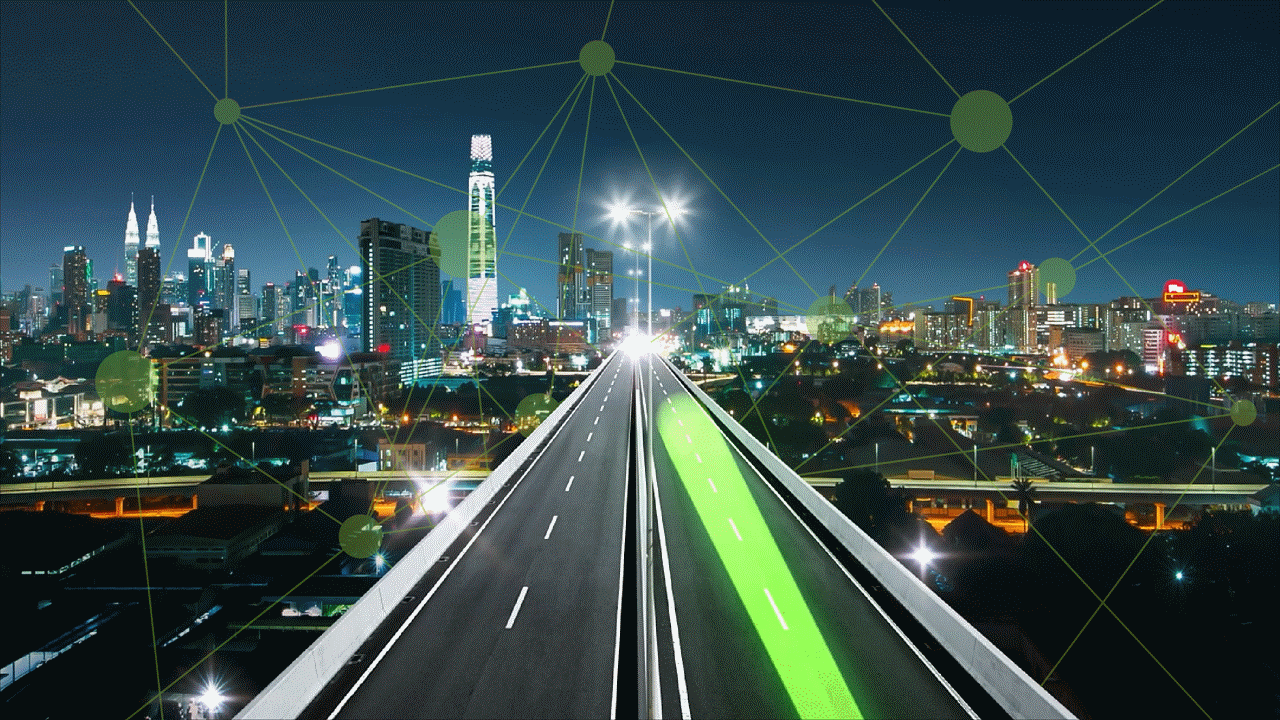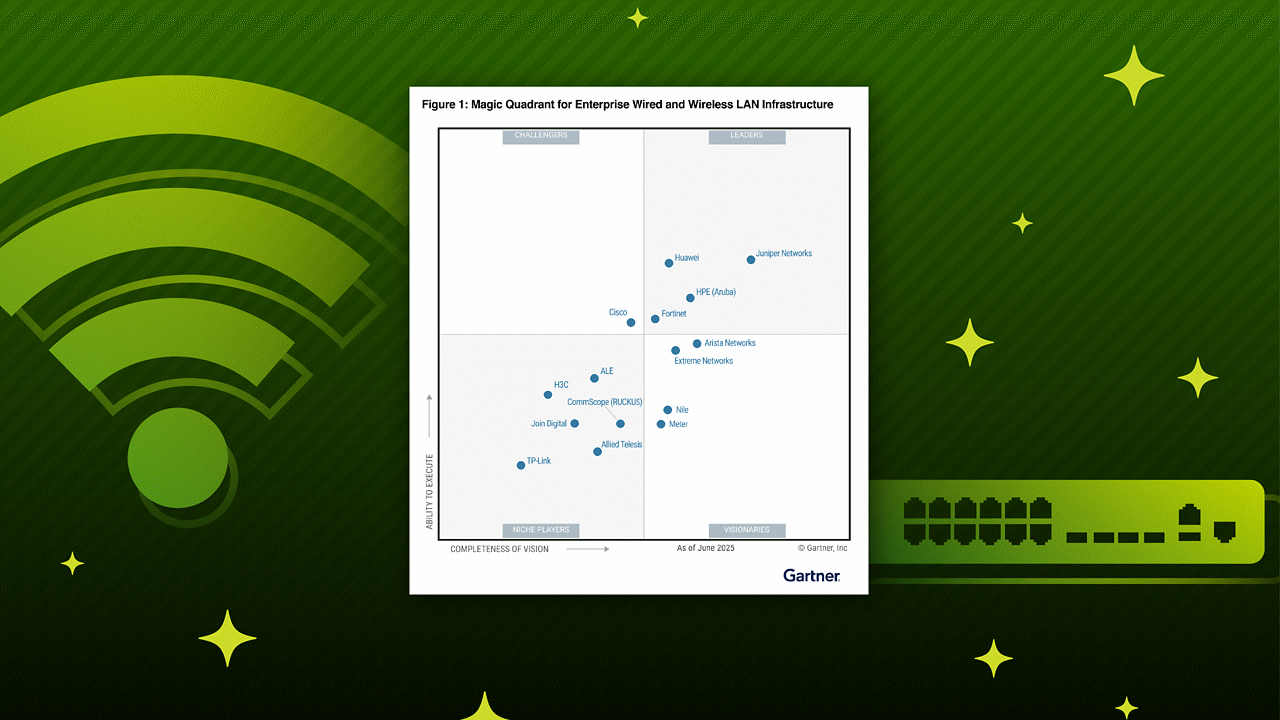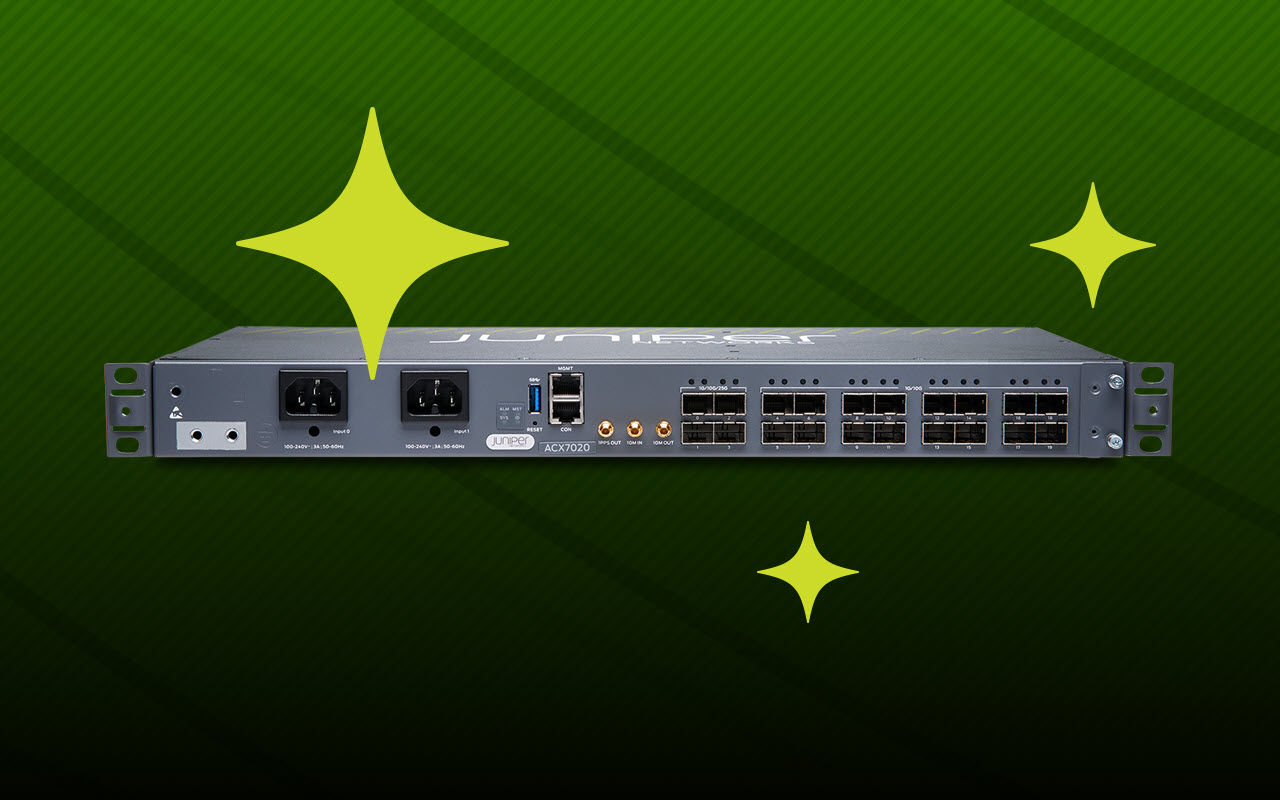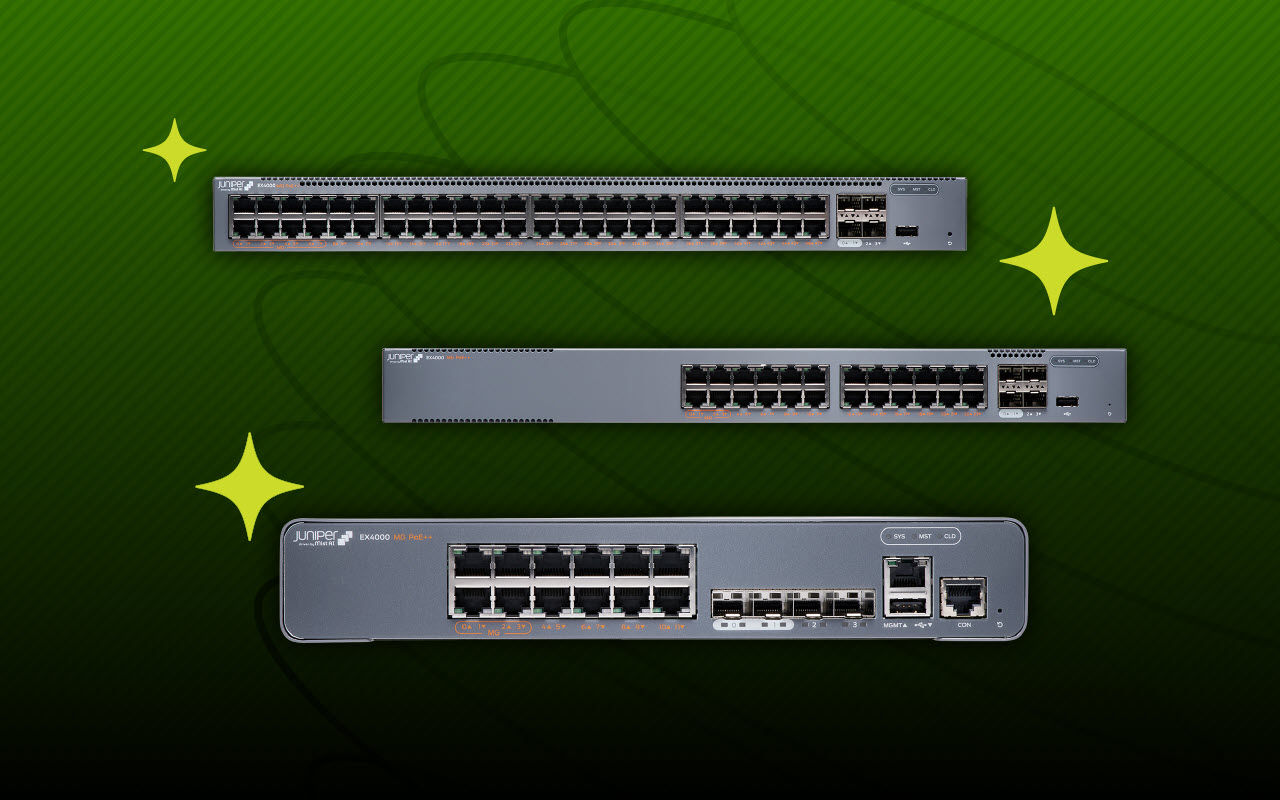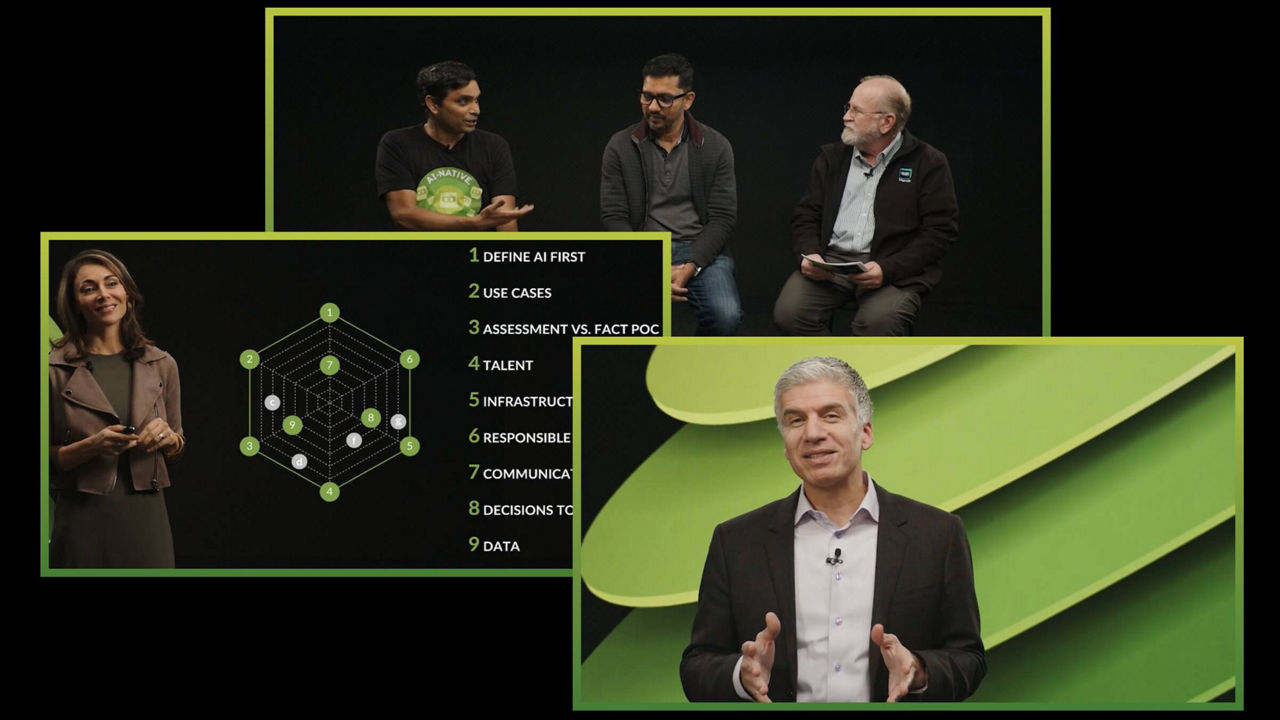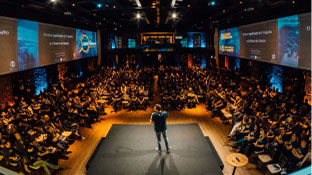At this point in our journey to the Self-Driving Network, we’ve covered data—the foundation of an AI-native network—and explored how it’s processed in the cloud and translated into insights and recommendations via Service Level Expectations (SLEs) and classifiers. Now, we move into AI assistance, where AI begins to play a more active role in network operations by providing data-backed recommendations for resolution and, when permitted, taking automated action to resolve issues.
This shift reflects a broader industry trend—growing confidence in AI’s ability to manage increasingly complex environments. According to IDC Research, nearly half of organizations surveyed prefer AI-powered network management platforms that both determine and execute actions for problem remediation and optimization.
The strategic value of assisted AI
Assisted AI actions simplify network operations, reduce the manual workload on IT teams, and accelerate resolution times, ensuring exceptional network performance for end users while freeing IT to focus on more strategic and innovative initiatives.
As networks grow in complexity, the volume of network events—from minor misconfigurations to major service disruptions—increases, making it difficult for IT teams to find and address critical events. AI assistance through cloud-based AIOps helps IT teams cut through the noise. By surfacing high-priority issues with evidence and automatically resolving them (with IT’s permission), AIOps allows IT teams to respond to issues rapidly and proactively. This drastically reduces troubleshooting time and frees resources to focus on higher-value strategic initiatives, like innovation and long-term planning.
From data to action: how assisted AI works
High-efficacy, actionable recommendations—backed by clear justification—are produced by filtering data from hundreds of events and real-time user experiences through advanced mathematical algorithms and AI/ML models.
When IT has high confidence in the result, they can authorize the AIOps solution to automatically fix the issue. As trust builds over time, these recommendations can be added to a list of trusted actions, allowing the AI to resolve similar issues autonomously in the future without alerting the IT team. This is where AIOps evolves into a full-fledged member of the IT team and enters self-driving mode.
Assisted AI actions fall into three categories:
- Optimization: AI/ML algorithms such as Radio Resource Management (RRM) and Network Resource Management (NRM) are continuously optimizing the user experience
- Recommended actions: AI surfaces crucial issues and suggests a specific actionable recommendation with evidence
- Automated actions: Trusted recommendations that the IT team has added to the list of authorized actions for AI to execute without human intervention
Enter Marvis, the industry-leading AI assistant
At Juniper, we bring these concepts to life with Marvis® AI Assistant, a core part of Mist™, our AI-native networking platform. Marvis leverages AI/ML algorithms like RRM and NRM to continuously and proactively optimize user experiences. Through Marvis Actions, it provides both recommended and automated actions—what we call driver-assist and self-driving modes.
In driver-assist mode, Marvis surfaces performance-impacting events and recommends resolutions with high efficacy and backed by evidence for issues like noncompliant firmware, misconfigured ports, bad cables, missing VLANs, and congested WAN circuits.
When enabled for self-driving, meaning IT has added the recommendation to the list of trusted actions, Marvis can autonomously correct misconfigured ports, resolve port-stuck issues, and more—all in line with IT-defined policies. Every action, whether assisted or autonomous, is logged and validated in the Marvis Actions dashboard so teams can view a real-time summary of top issues, recommended fixes, and track both human-initiated and autonomous actions for full transparency and control.
Marvis in action: real-world results
Customers globally are realizing the benefits of Marvis Actions. For example, a large IOTM company was having intermittent problems for over a year with Zoom users at a site in India. Leveraging the recommendations from the Marvis large experience model (LEM), they were quickly able to identify a misconfigured VPN gateway sending packets to a site in Australia, causing increased latency and jitter.
In another case, a large retailer was experiencing poor performance in certain areas of its stores. Marvis determined that the problem was due to interference from wireless demo products and automatically adjusted channel bandwidths from 40 MHz to 20 MHz – optimizing in-store network performance for both employees and customers.
Taking the next step toward autonomy
With Marvis, IT teams gain more than insights—they gain a valuable addition to their team. One who can prioritize key issues, recommend and execute fixes, and confirm that those fixes have been implemented correctly. These assisted capabilities provide a crucial foundation for full autonomy, enabling IT teams to gradually offload routine tasks to AI and realize performance and efficiency gains. Just as importantly, IT teams can reclaim valuable time to focus on higher-impact initiatives—like driving innovation instead of troubleshooting issues.
Stage 4 marks the turning point: AI now takes action instead of only making suggestions. In our next and final blog, we’ll explore the last step on the journey to a Self-Driving Network—where AI isn’t just assisting operations but managing them, too. We’ll also explore how Juniper is leading this self-driving journey—leveraging Marvis Minis, large experience models, and agentic AI.
Wherever you are on your AI networking journey, Juniper is here to help you take the next step.
Additional blogs in this series
A journey to the Self-Driving Network™ is built on trust in AI
Stage 1 on a journey to the Self-Driving Network™: data
Stage 2 on a journey to the Self-Driving Network™: insights
Stage 3 on a journey to the Self-Driving Network™: recommendations
Stage 4 on a journey to the Self-Driving Network™: assisted
Stage 5 on a journey to the Self-Driving Network™: self-driving



